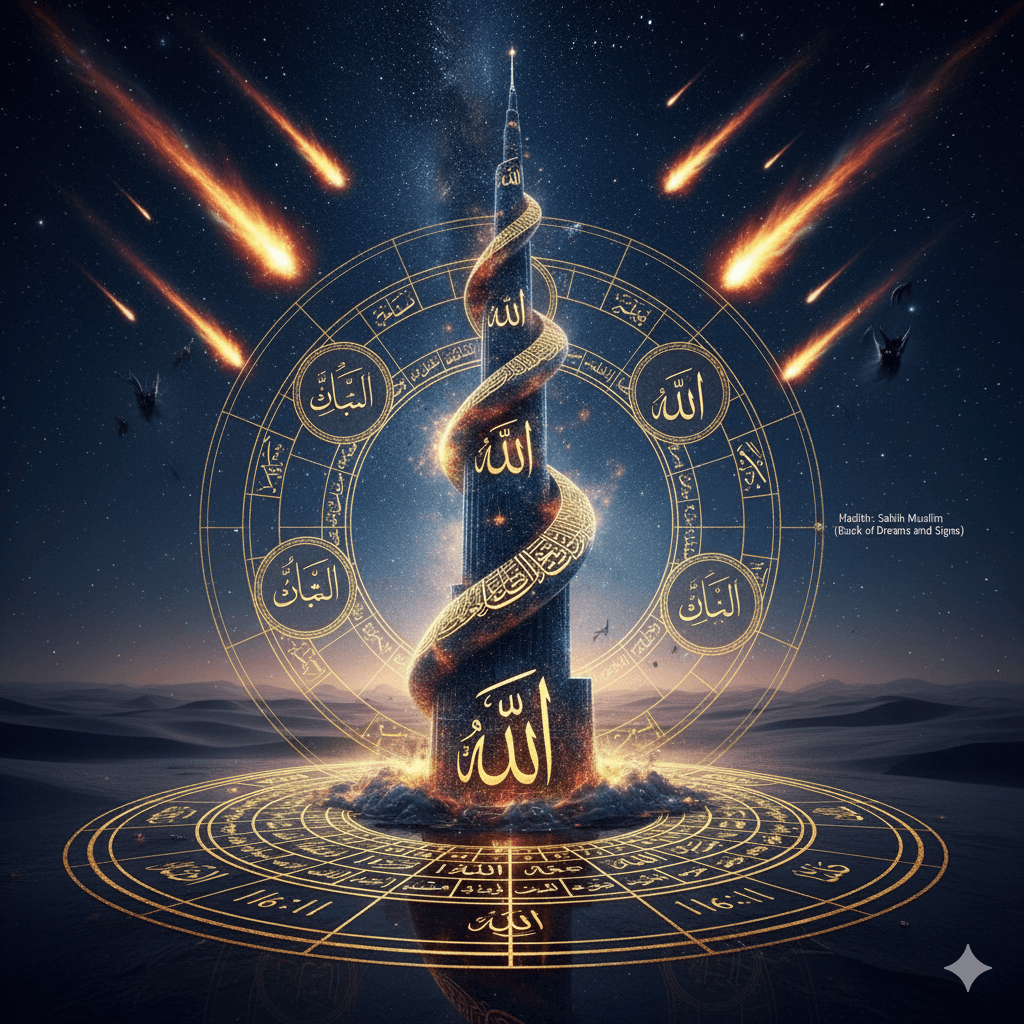Burj in the Qur’an: Signs of Protection and Divine Order
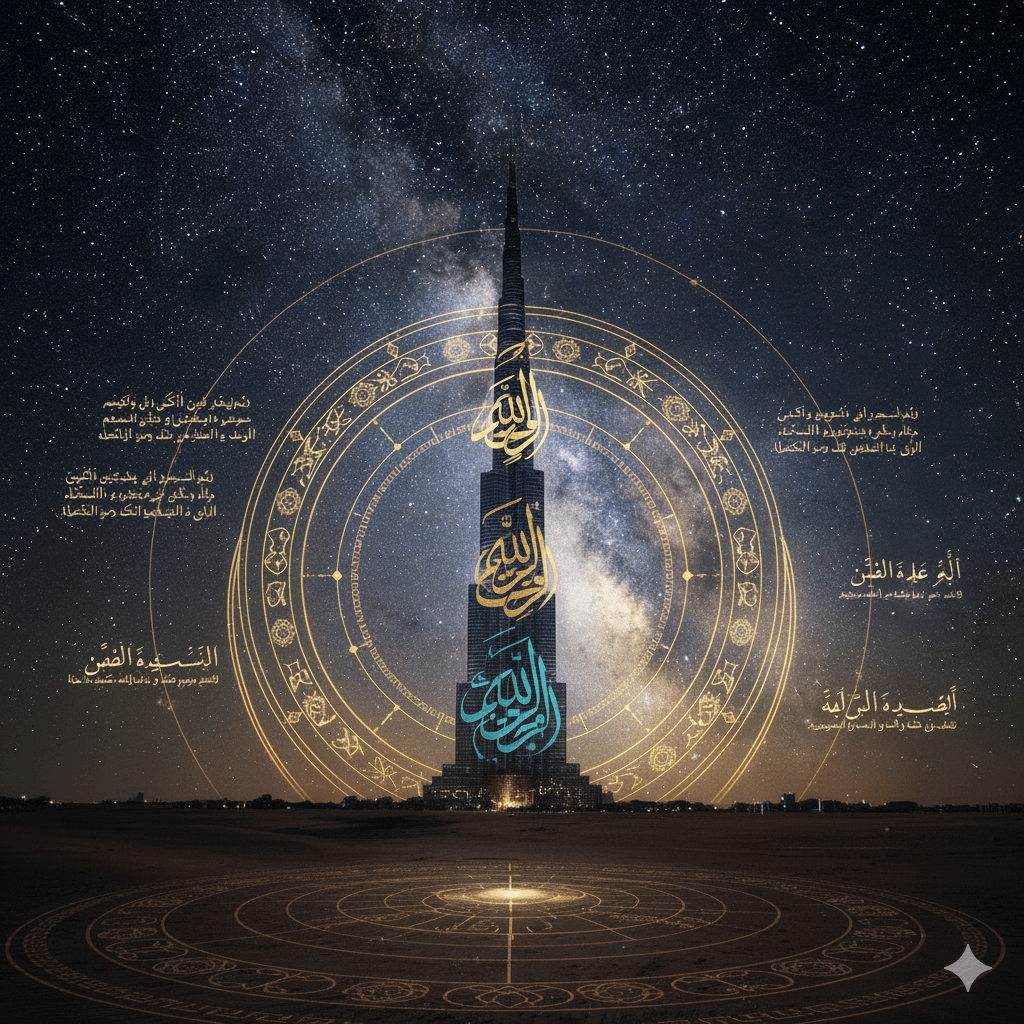
The Qur’an frequently draws attention to the heavens and their remarkable order, portraying the sky as adorned with Burj—celestial towers, constellations, or great stars. Shining as the jewels of the heavens, these Burj distinctly reflect Allah’s power while also serving a protective role.
The Qur’an describes stars as fulfilling multiple roles: they beautify the sky, guide human beings, and serve as missiles against devils who attempt to interfere with divine revelation. Classical scholars, like (Ibn Kathīr, Al-Ṭabarī, and Al-Qurṭubī), emphasised these protective functions. Modern scientific understanding reveals how stars and the wider cosmic system actively support and enable life on Earth.
This article explores Qur’anic references to Burj, the interpretations of Islamic scholars, their protective significance, and modern reflections on their role for humanity.
1. Qur’anic Verses on Burj and Stars:
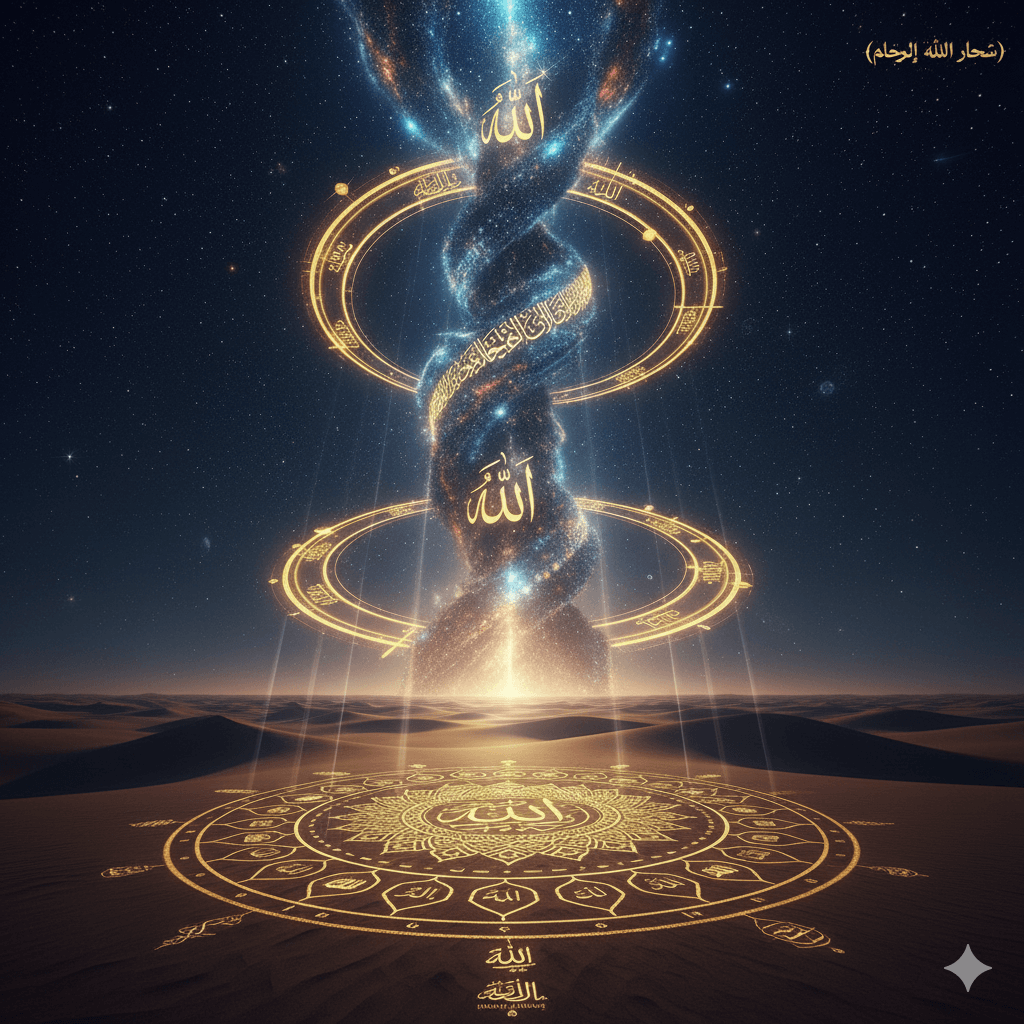
- Surah al-Burj (85:1):
“By the sky containing great constellations (Burj).”
Allah swears by the heavens filled with great celestial structures, emphasising their magnificence.
- Surah al-Furqan (25:61):
“Blessed is He who has placed in the heaven great stars (Burj), and placed therein a lamp (the sun) and a shining moon.”
This verse connects Burj with the sun and moon, highlighting their vital role in sustaining life on Earth.
- Surah al-Mulk (67:5):
“And We have certainly adorned the nearest heaven with lamps and have made them missiles against devils, and We have prepared for them the punishment of the Blaze.”
- Surah al-Hijra (15:16–18):
“And We have placed within the heaven great constellations and adorned it for the observers. And We have protected it from every devil expelled, except one who steals a hearing and is pursued by a clear flame.”
These verses present Burj and stars as adornment, guidance, and a protective shield.
2. Insights from Classical Tafsir:
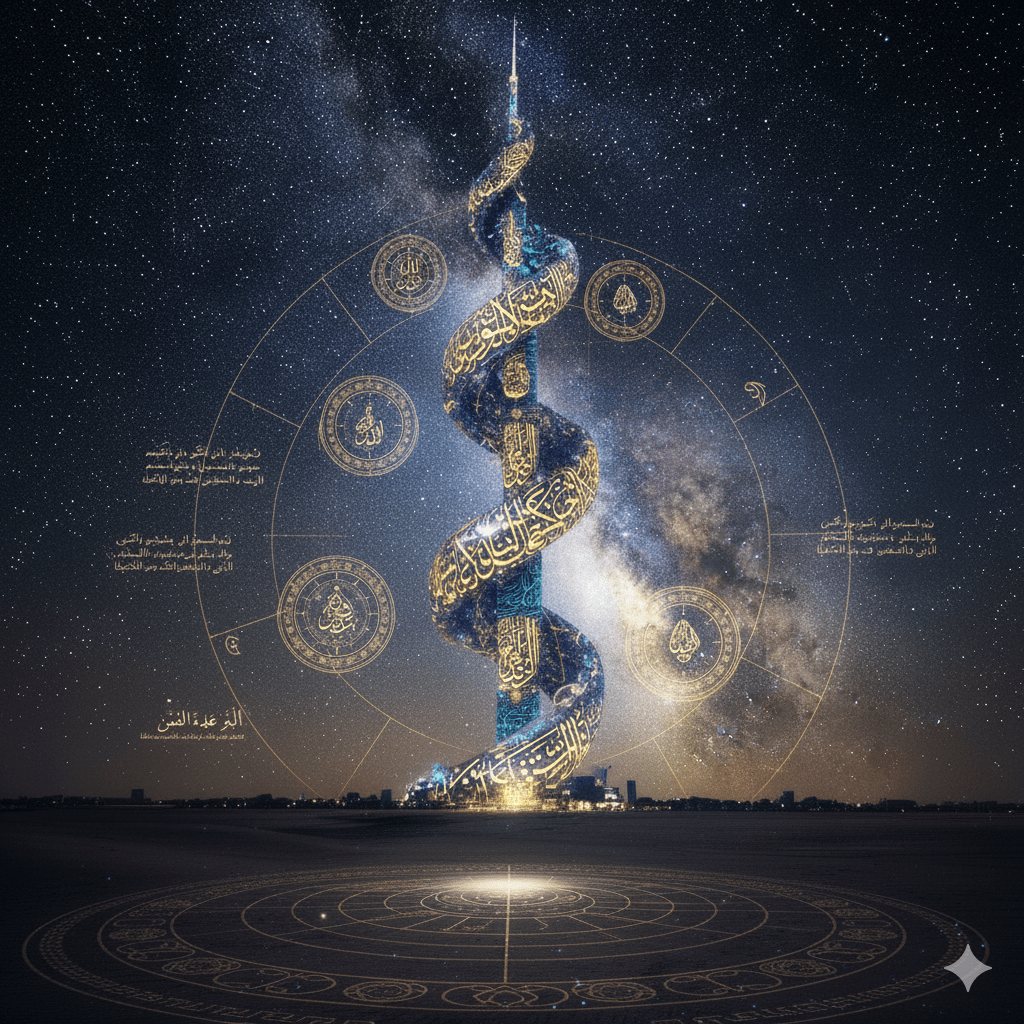
- Al-Qurṭubī (d.Al-Qurtubi (d. 671 AH) states that towers are established to provide celestial beauty, guidance, and protection from the actions of the devils.
- Al-Ṭabarī (d. 310 AH): Burj may denote constellations or the stations of the sun and moon. Their protective function is to ensure that devils cannot corrupt divine revelation.
- Ibn Kathīr (d. 774 AH): Stars serve three purposes: to beautify the sky, to guide travellers, and to act as missiles against devils.
3. Protective Roles of Burj for Humanity:
a) Spiritual Protection
The Qur’an teaches that devils cannot steal secrets from the heavens. By repelling them with flaming missiles (meteors), Allah ensures that revelation remains pure and uncorrupted. This secures humanity’s access to authentic guidance.
b) Physical and Cosmic Protection
- Solar Energy: The sun, itself a star, provides energy and warmth, sustaining all life on Earth.
- Meteor Defence: Scientifically, the majority of meteors disintegrate high in Earth’s atmosphere, which resonates with the Qur’anic description of “flames” chasing devils.
- Orbital Stability: The gravitational balance of stars and planets maintains Earth’s safe orbit, preventing cosmic chaos.
c) Guidance and Navigation
The Qur’an affirms that stars serve as a natural means of navigation:
“And landmarks, and by the stars they are guided.” (Surah al-Nahl 16:16)
This function has historically been vital for travellers by land and sea.
4. Modern Scientific Reflections:
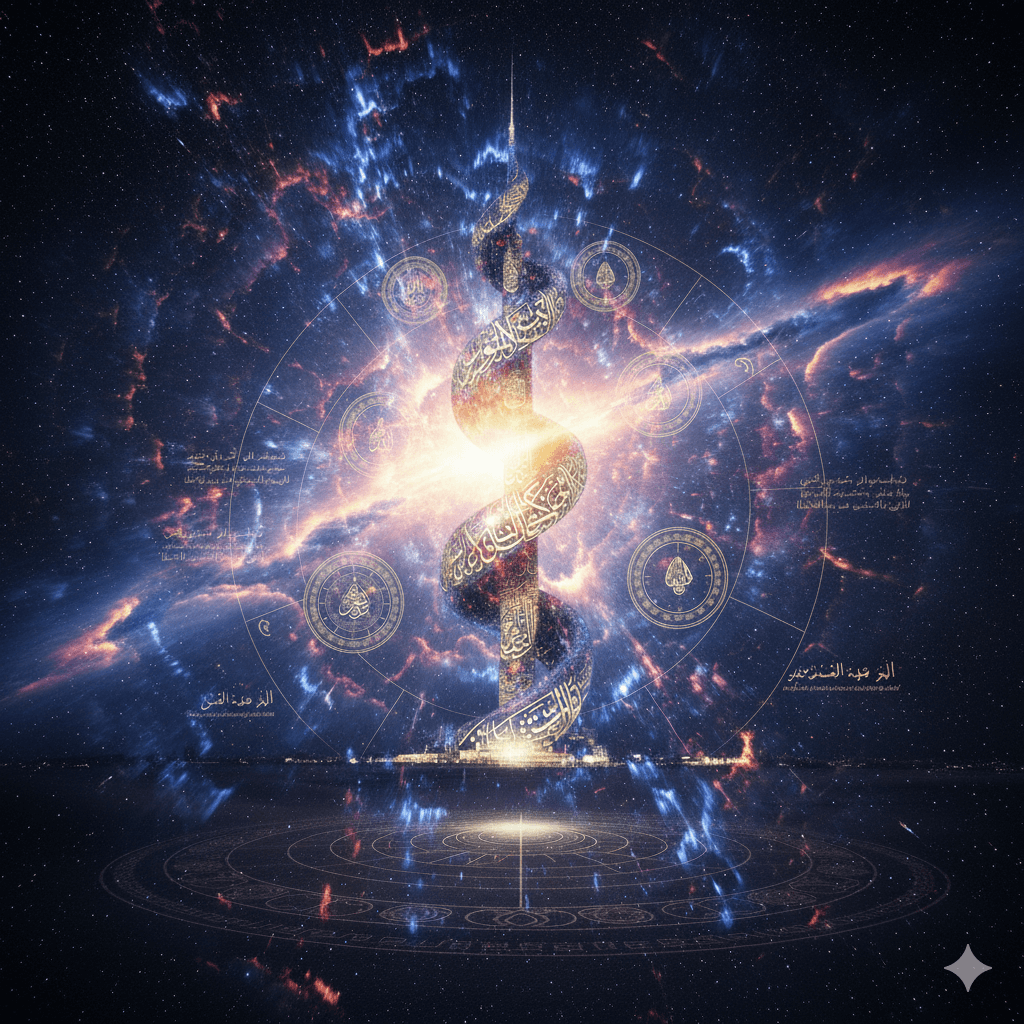
- Meteor Showers: The majority of meteors disintegrate in the atmosphere, protecting Earth from frequent cosmic impacts.
- Stars as Life-Sustainers: The sun provides the energy necessary for photosynthesis, weather patterns, and the survival of ecosystems.
- Cosmic Order: The arrangement of stars and celestial bodies ensures stability in our solar system. Without this balance, Earth’s orbit would be unstable and life could not exist.
Put simply, scientific observation reinforces Qur’anic imagery, showing that stars provide beauty, guidance, and protection.
Conclusion:
The Qur’an presents the Burj and stars as possessing roles beyond simple ornamentation of the heavens. They are signs of divine order, instruments of guidance, and shields of protection. Spiritually, they safeguard revelation from corruption; physically, they support and protect life on Earth; and practically, they provide navigation.
The harmony of the heavens demonstrates Allah’s power, mercy, and wisdom. For believers, looking at the stars is not simply astronomy; it is a reminder of the Creator, whose protection and sustenance are evident throughout creation.
📚 Bibliography
Primary Sources
- The Qur’an — Surah al-Burj (85:1), Surah al-Furqan (25:61), Surah al-Mulk (67:5), Surah al-Hijra (15:16–18), Surah al-Nahel (16:16).
- Hadith: Sahih Muslim (Book of Dreams and Signs) – reports on meteors and devils being chased away.
Classical Tafsīr
- Ibn Kathir (d. 774 AH): Tafsir al-Qur’an al-‘Azim — commentary on Surah al-Burj, al-Furqān, al-Mulk.
- Al-Ṭabarī (d. 310 AH): Jāmi‘ al-Bayān ‘an Ta’wīl Āy al-Qur’ān.
- Al-Qurṭubī (d. 671 AH): Al-Jāmi‘ li-Ahkām al-Qur’ān.
